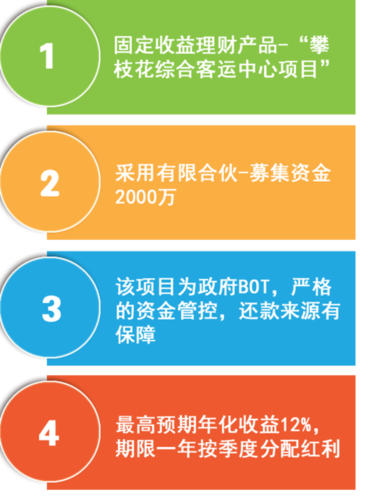Title: Effective Financial Project Management: Strategies and Best Practices
Effective financial project management is crucial for the success of any organization, whether it's a multinational corporation or a small startup. It involves careful planning, allocation of resources, risk management, and monitoring progress to ensure that financial projects are completed on time, within budget, and achieve their intended objectives. In this guide, we'll explore key strategies and best practices for managing financial projects effectively.
Understanding Financial Project Management
Financial project management encompasses a range of activities aimed at achieving specific financial goals within an organization. These projects can include financial planning, budgeting, investment analysis, risk management, mergers and acquisitions, and more. The primary objective is to optimize financial resources and maximize returns while minimizing risks.
Key Components of Financial Project Management
1.
Project Planning:
Define project objectives, scope, and deliverables.
Identify stakeholders and establish clear communication channels.
Develop a comprehensive project plan outlining tasks, timelines, and resource requirements.
2.
Resource Allocation:
Allocate financial resources such as funds, manpower, and technology according to project needs.
Ensure optimal utilization of resources to achieve project goals efficiently.
Continuously monitor resource allocation to address any deviations or constraints.
3.
Risk Management:
Identify potential risks and uncertainties that may impact the project's financial outcomes.
Develop risk mitigation strategies to minimize the probability and impact of adverse events.
Regularly review and update risk management plans to adapt to changing circumstances.
4.
Financial Analysis:
Conduct thorough financial analysis to assess the feasibility and profitability of the project.
Use financial modeling techniques to forecast cash flows, ROI, and other key metrics.
Evaluate various investment options and make datadriven decisions based on riskreturn tradeoffs.
5.
Performance Monitoring:
Establish Key Performance Indicators (KPIs) to measure the progress and performance of the project.
Implement robust monitoring and reporting mechanisms to track financial metrics and milestones.
Analyze variances between planned vs. actual performance and take corrective actions as needed.
6.
Compliance and Governance:
Ensure compliance with relevant financial regulations, industry standards, and internal policies.
Establish governance structures and accountability mechanisms to oversee project activities.
Conduct regular audits and reviews to verify adherence to compliance requirements.
Best Practices for Financial Project Management
1.
Effective Communication:
Foster open and transparent communication among project stakeholders to ensure alignment of goals and expectations.
Regularly communicate project updates, milestones, and challenges to all relevant parties.
Encourage feedback and collaboration to address issues proactively and foster a culture of continuous improvement.
2.
Stakeholder Engagement:
Engage key stakeholders, including senior management, investors, and clients, throughout the project lifecycle.

Solicit input and feedback from stakeholders to ensure their needs and priorities are addressed.
Manage stakeholder expectations effectively by providing realistic forecasts and managing risks proactively.
3.
Agile Project Management:
Adopt agile project management methodologies to enhance flexibility and responsiveness to changing market conditions.
Break down project tasks into smaller, manageable iterations or sprints to deliver incremental value and mitigate risks.
Embrace iterative feedback loops to coursecorrect and adapt to evolving requirements in realtime.
4.
Continuous Learning and Improvement:
Foster a culture of learning and innovation within the project team by encouraging knowledge sharing and skill development.
Conduct postproject reviews to capture lessons learned and identify areas for improvement.
Incorporate feedback from past experiences into future projects to enhance performance and efficiency.
5.
Technology Integration:
Leverage advanced financial management software and tools to streamline project workflows and enhance decisionmaking.
Implement automation and digitization initiatives to reduce manual efforts and minimize errors.
Invest in emerging technologies such as AI, machine learning, and blockchain to gain insights and optimize financial processes.
Conclusion
Effective financial project management requires a combination of strategic planning, proactive risk management, and continuous monitoring and improvement. By adopting best practices and leveraging technology, organizations can optimize their financial resources, mitigate risks, and achieve their project objectives successfully. With a focus on collaboration, innovation, and agility, financial project managers can drive value creation and sustainable growth in today's dynamic business environment.











